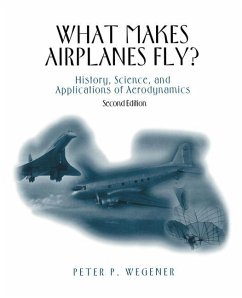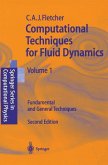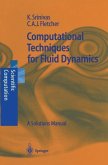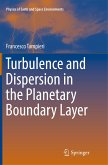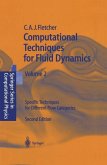How can an airplane weighing many tons stay aloft for many hours, flying so smoothly that the passengers may feel less like they are moving than they would in a car? The answer, of course, lies in the wings and the air they are moving through, and the study of the flow of air around airplane wings is part of the science of aerodynamics. This book is about aerodynamics in the broadest sense. In addition to airplanes, it discusses the aerodynamics of cars and birds, and the motion of diverse object thorugh air and water. The fundamental notions of mechanics and fluid dynamics -- that is, the basic physics underlying aerodynamics -- are clearly explained. The underlying science is discussed rigorously, but only elementary mathematics is used, and only occasionally. To put the science into its human context, the author describes (with many illustrations) the history of human attempts to fly and discusses the social impact of commercial aviation as well as the outlook for future developments. This book is addressed primarily to readers whose background is not in physics or engineering. It will deepen their knowledge of these fields and add to their appreciation of some exciting recent developements in technology. This new edition has been brought up to date throughout; solutions to selected excercises have been added, as well as new problems and other study aids.
From the reviews:
"Peter Wegener has written the perfect book for those of us who nurse some doubts to our understanding of what makes airplanes fly ... The volume is filled with clear and useful examples that illustrate the essential concepts ... [Anyone] who has ever tried to explain the principles of flight to a spouse or child without resorting to a blackboard full of equations will appreciate What Makes Airplanes Fly? Take heart! The author proves it can be done." American Journal of Physics
"Peter Wegener has written the perfect book for those of us who nurse some doubts to our understanding of what makes airplanes fly ... The volume is filled with clear and useful examples that illustrate the essential concepts ... [Anyone] who has ever tried to explain the principles of flight to a spouse or child without resorting to a blackboard full of equations will appreciate What Makes Airplanes Fly? Take heart! The author proves it can be done." American Journal of Physics

